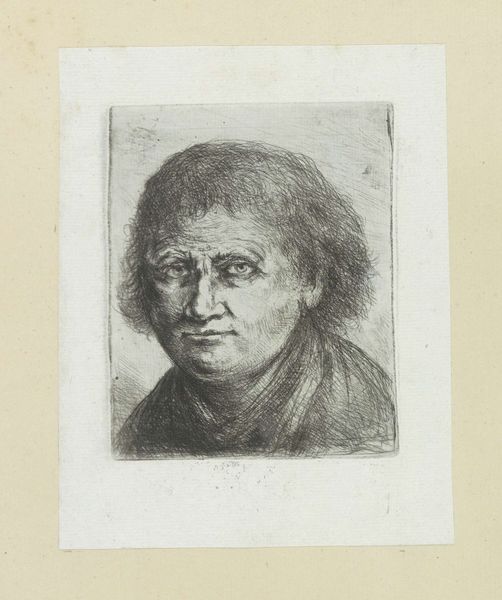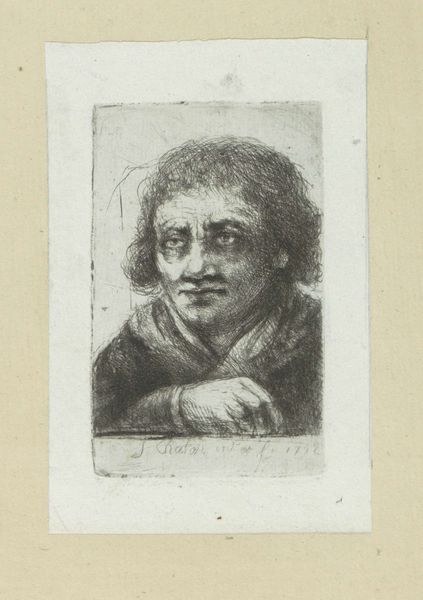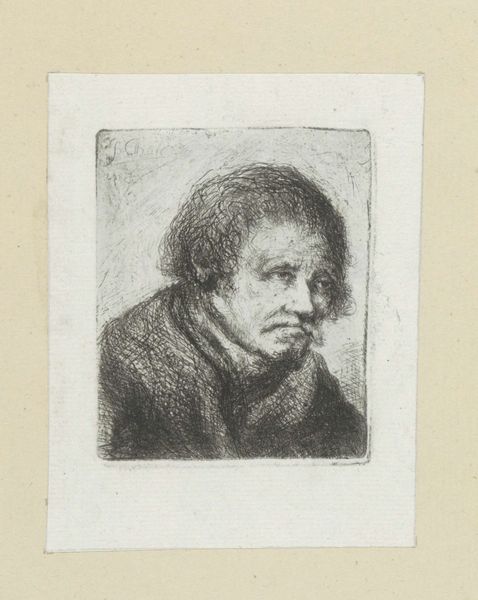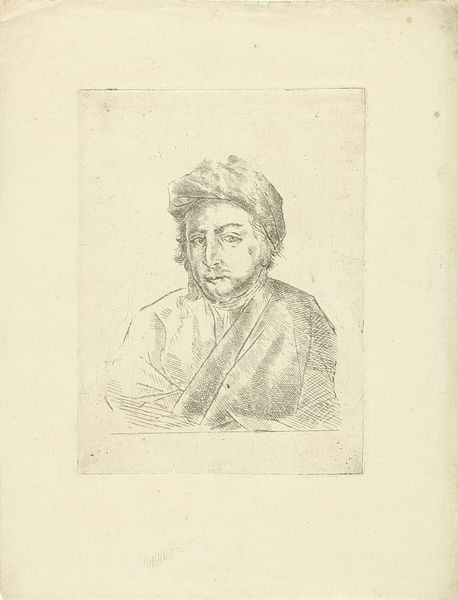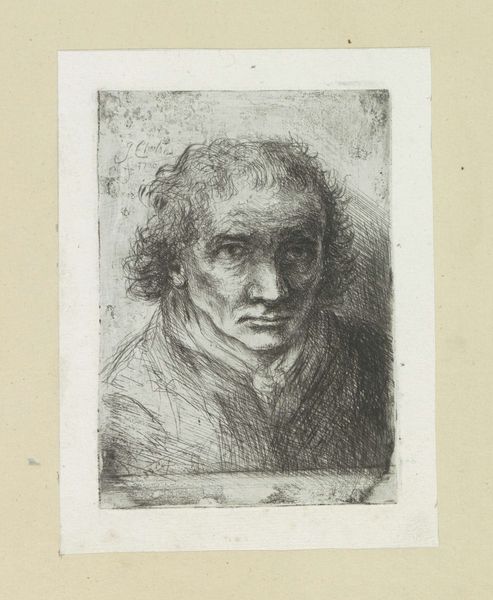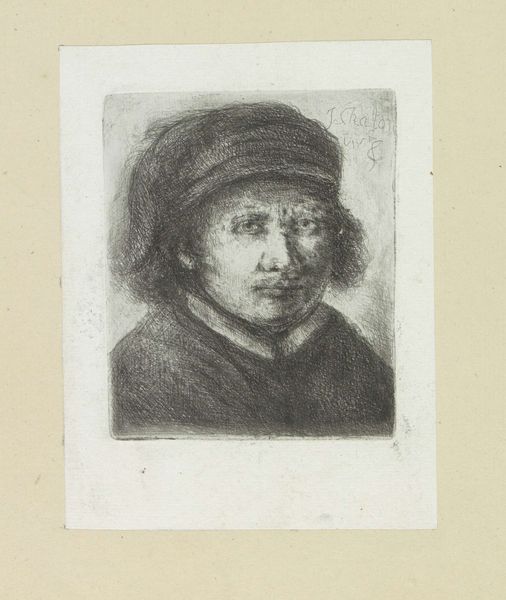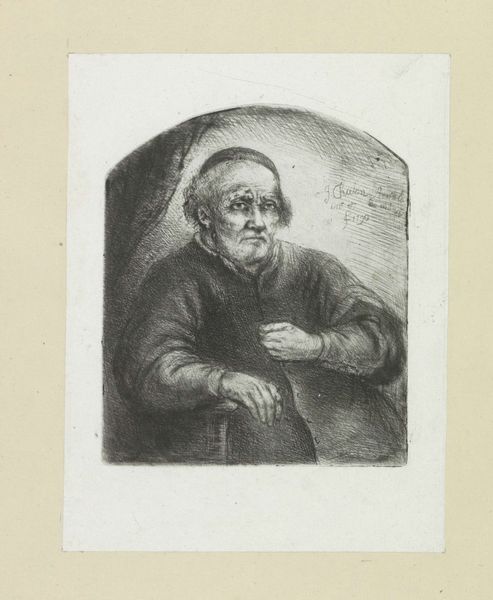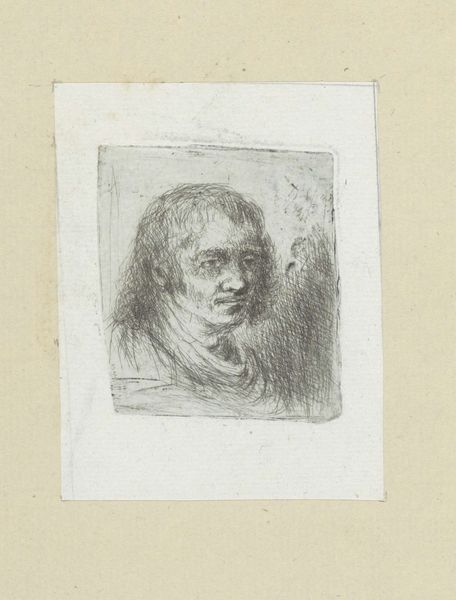
drawing, pencil
#
portrait
#
drawing
#
pencil drawing
#
pencil
#
academic-art
Dimensions: height 96 mm, width 83 mm
Copyright: Rijks Museum: Open Domain
Curator: Here we have "Young Man Leaning on a Table" by Jan Chalon, created sometime between 1793 and 1802. It’s a pencil drawing, a rather intimate portrait, wouldn't you agree? Editor: Definitely. The subtle gradations achieved with pencil are striking; there's a quietude to the materiality itself. You almost feel like you’re intruding on a private moment. Curator: It’s interesting you mention that. Chalon was working during a time of great social upheaval, with revolution brewing across Europe. Do you think this contemplative pose might reflect some of that uncertainty? Editor: Possibly, but I'm drawn more to the work's production. Pencil drawings, while accessible in terms of material, still required a skilled hand. It speaks to the emerging artisan class finding its place in representing itself. The slight roughness hints at an accessibility of the craft itself. Curator: I see your point. And indeed the academic art circles valued the portrait as a means of social commentary. Note how the artist portrays his subject with such plainness – far removed from the idealized depictions common among the aristocracy. Editor: True, but even that choice has material implications. The relative affordability of paper and pencil enabled wider artistic creation, decentralizing it from formal studios and traditional apprenticeships. The work allows us a glimpse of both technical skill, class status and the individual labor behind such piece. Curator: So, you’re saying the materials themselves democratized artistic representation? Editor: To an extent, yes. It wasn't just about talent; access to these tools was slowly leveling the playing field. This young man may very well be an artisan using portraiture as means of demonstrating his profession or perhaps as means of class climbing. Curator: It really encourages us to consider how shifts in social and economic structures were changing who got represented and how. I hadn’t considered the democratization of artistic mediums as a force for change within portraiture at that time. Editor: And I perhaps underestimated the subtle ways artistic patronage and social pressures influenced what materials an artist chose in the first place. Food for thought!
Comments
No comments
Be the first to comment and join the conversation on the ultimate creative platform.

